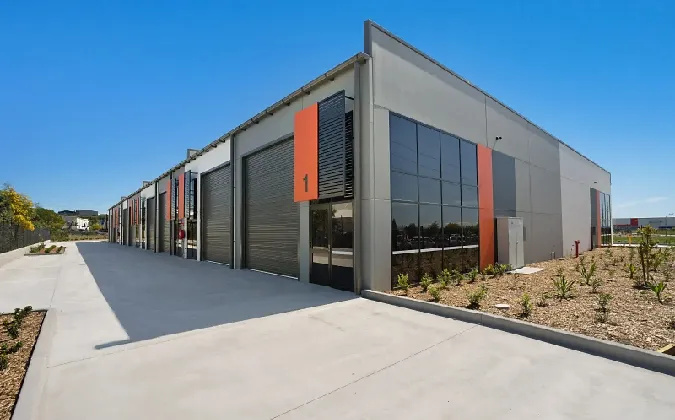- Afrikaans
- Albanian
- Amharic
- Arabic
- Armenian
- Azerbaijani
- Basque
- Belarusian
- Bengali
- Bosnian
- Bulgarian
- Catalan
- Cebuano
- Corsican
- Croatian
- Czech
- Danish
- Dutch
- English
- Esperanto
- Estonian
- Finnish
- French
- Frisian
- Galician
- Georgian
- German
- Greek
- Gujarati
- Haitian Creole
- hausa
- hawaiian
- Hebrew
- Hindi
- Miao
- Hungarian
- Icelandic
- igbo
- Indonesian
- irish
- Italian
- Japanese
- Javanese
- Kannada
- kazakh
- Khmer
- Rwandese
- Korean
- Kurdish
- Kyrgyz
- Lao
- Latin
- Latvian
- Lithuanian
- Luxembourgish
- Macedonian
- Malgashi
- Malay
- Malayalam
- Maltese
- Maori
- Marathi
- Mongolian
- Myanmar
- Nepali
- Norwegian
- Norwegian
- Occitan
- Pashto
- Persian
- Polish
- Portuguese
- Punjabi
- Romanian
- Russian
- Samoan
- Scottish Gaelic
- Serbian
- Sesotho
- Shona
- Sindhi
- Sinhala
- Slovak
- Slovenian
- Somali
- Spanish
- Sundanese
- Swahili
- Swedish
- Tagalog
- Tajik
- Tamil
- Tatar
- Telugu
- Thai
- Turkish
- Turkmen
- Ukrainian
- Urdu
- Uighur
- Uzbek
- Vietnamese
- Welsh
- Bantu
- Yiddish
- Yoruba
- Zulu
dec . 07, 2024 10:52 Back to list
The Rise of Prefabricated Steel Frame Construction
In recent years, the construction industry has undergone a significant transformation, shifting towards more efficient and sustainable building practices. One prominent innovation at the forefront of this movement is the use of prefabricated steel frame construction. This method has gained popularity due to its numerous benefits, including speed, cost-effectiveness, sustainability, and design flexibility.
Understanding Prefabricated Steel Frame Construction
Prefabricated steel frames are structural systems that are manufactured off-site in a controlled factory setting. These frames are assembled into panels or modules that can be transported to the construction site for installation. This process contrasts sharply with traditional construction methods, where materials are often fabricated and assembled on-site, leading to longer construction times and higher labor costs.
Speed and Efficiency
One of the most significant advantages of prefabricated steel frame construction is speed. Because the structural frames are manufactured off-site, multiple processes can occur simultaneously. While the foundation is being prepared on-site, the steel frames are being fabricated. As soon as the foundation is ready, the steel components can be quickly assembled, significantly reducing the overall construction timeline. This efficiency not only helps developers meet tight deadlines but also minimizes disruption in the surrounding area, which is particularly beneficial in urban environments.
Cost-Effectiveness
In addition to speed, prefabricated steel frames can lead to considerable cost savings. The controlled factory environment allows for streamlined production processes, reducing material waste. Additionally, since the labor required for on-site assembly is minimal, labor costs are significantly lower compared to traditional construction methods. These cost efficiencies can make prefabricated steel frames an attractive option for both residential and commercial construction projects.
Sustainability Considerations
prefabricated steel frame

Sustainability is a critical concern in modern construction practices, and prefabricated steel frames offer several environmentally friendly benefits. Steel is a highly recyclable material, and using recycled steel can reduce the environmental impact of new construction. Furthermore, prefabrication minimizes waste generated during the building process, as materials are cut and shaped with precision in a factory setting. This not only conserves resources but also reduces the carbon footprint associated with transportation and material disposal.
Design Flexibility
Contrary to the misconception that prefabricated constructions are limited in design options, prefabricated steel frame systems offer remarkable flexibility. Architects and designers can create innovative designs, incorporating various shapes and sizes that meet specific project requirements. The modular nature of prefabricated components enables complex architectural elements, allowing for aesthetically pleasing structures without compromising on structural integrity. This adaptability makes steel frames suitable for various applications, from residential buildings to large-scale commercial projects.
Challenges and Future Prospects
Despite these advantages, prefabricated steel frame construction is not without challenges. For instance, transporting large prefabricated components can be logistically complicated, particularly in areas with restricted access. Additionally, some stakeholders may still hold onto traditional construction practices due to a lack of familiarity with prefabrication technologies.
However, as the industry continues to evolve, advancements in manufacturing technologies and supply chain logistics are likely to overcome these challenges. Continued investment in research and development will drive innovation and improve the capabilities of prefabricated systems.
Conclusion
The rise of prefabricated steel frame construction signifies a pivotal shift in the construction landscape. With its numerous advantages, including speed, cost efficiency, sustainability, and design flexibility, it is clear that this method is not just a trend but a sustainable solution for the future of building. As the construction industry grows increasingly focused on efficiency and environmental responsibility, prefabricated steel frames are poised to play a central role in shaping the skylines of tomorrow. By embracing this innovative approach, builders and developers can pave the way for a more sustainable and efficient future in construction.
-
Cold Formed Steel Residential Framing
NewsMay.21,2025
-
Innovative Steel Structure Building Solutions
NewsMay.19,2025
-
Innovative Prefab Metal Shed Solutions
NewsMay.19,2025
-
Durable Steel Horse Shelter Solutions
NewsMay.19,2025
-
Durable Metal Shed Solutions
NewsMay.19,2025
-
Durable Big Metal Shed Solutions
NewsMay.19,2025
Products categories
Our Latest News
We have a professional design team and an excellent production and construction team.












